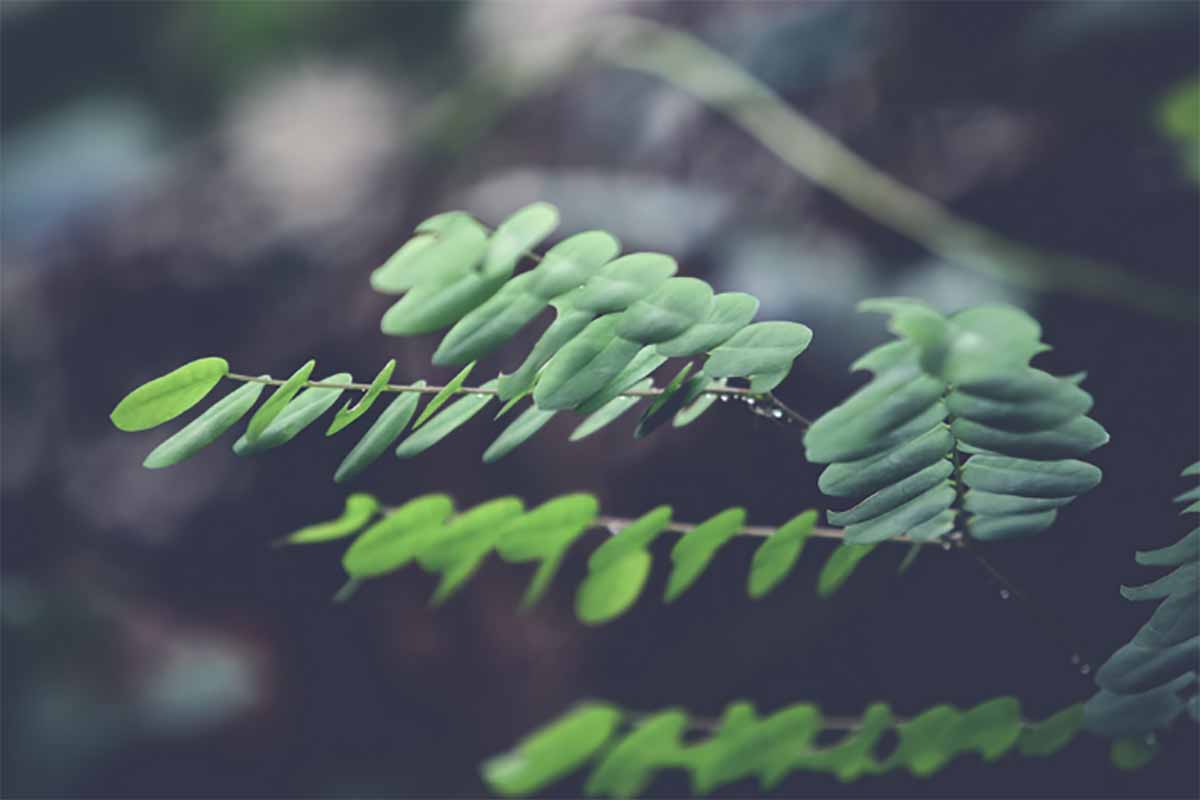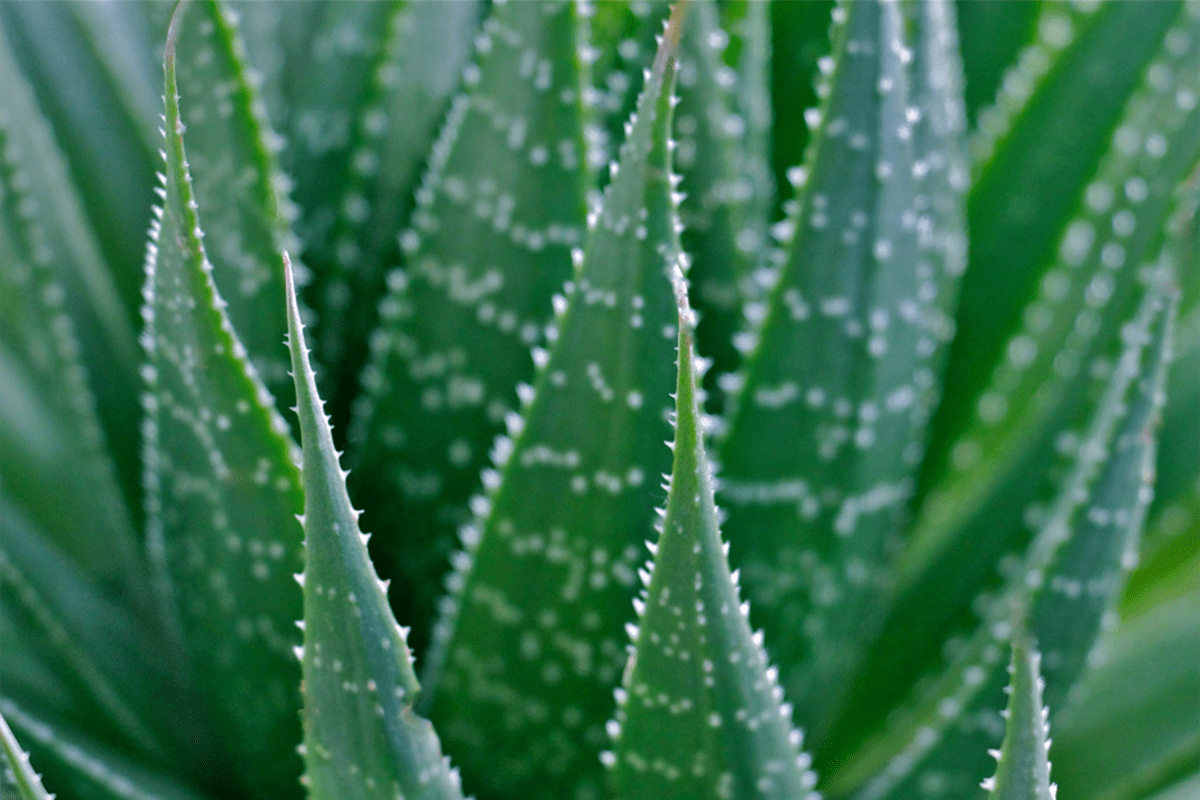Death By Tomatoes

From salads to pizza, tomatoes are a popular ingredient in most cuisines. Native to the Americas, the tomato originated back to the early Aztecs around 700 A.D. It didn’t make its way to Europe until around the 16th century where it quickly became popular with the Southern Europeans. The British, on the other hand, believed the tomato was poisonous.
Tomatoes? Poisonous? Back in the 1500’s, dinnerware was make of pewter which contained a ton of lead. Foods that had a high acid content (i.e. tomatoes) caused the lead to leach out into the food which resulted in lead poisoning and, more often than not, death. Pretty interesting, no? The poor didn’t have any fancy plates and therefore had no issues whatsoever munching on tomatoes.
Thankfully, the tomato continued to grow in popularity and we now have oodles of varieties from heirloom to big ol’ beefsteak tomatoes. Stop on by the Greenhouse and pick up a few for your garden!
Impatiens Care

Appropriately referred to as “Busy Lizzie”, impatiens propagate like crazy. Even the gentlest touch can cause a ripe impatiens seed pod to burst, scattering its seeds about. Available in a rainbow of colors, impatiens love shade and moisture. Here are a few tips to keep these beautiful blooms healthy and thriving.
Planting
After the last Spring frost, plant impatiens in a humus-rich, moist, and well-drained soil. Plant them in an area where they have a bit of shelter from the wind. Impatiens can grow up to 30 inches tall so plant them 8-12 inches apart to keep them low to the ground. When it comes to sun, some impatiens like more sun than others. Be sure to check the label.
Care
As we said, impatiens love moisture. Be sure to water them regularly, keeping them moist but not wet. If they get too much water, they could develop fungal diseases. If they start to lose their leaves, they need more water.
We have several varieties of beautiful impatiens here at the Greenhouse! Stop on by and pick some up.
DIY Thieves

Featuring a robust blend of clove, lemon, cinnamon bark, eucalyptus, and rosemary, Thieves smells like a Fall kitchen with pie baking in the oven. This stuff is great for making your own household cleaner, air freshener, and even breath spray. Make your own at home with this DIY recipe!
You’ll need:
- 10 drops clove oil
- 9 drops lemon oil
- 5 drops cinnamon bark oil
- 4 drops eucalyptus oil
- 3 drops rosemary oil
To make:
Combine oils and store in a dark glass bottle with an airtight cap. Store in a dark space as sunlight can reduce the quality of your oil.
For more fun reads, visit our blog!
Homemade Eucalyptus Oil

Eucalyptus oil has that fresh-from-the-spa aroma. Learn how to make your own eucalyptus essential oil to add to your bath, diffuser, and more.
What you’ll need:
- ¼ oz fresh eucalyptus leaves (grow your own or check your local florist) crushed to release the oil
- 1 cup carrier oil (olive, coconut, or almond)
- Slow cooker (one you don’t use to cook as eucalyptus oil is toxic)
To make:
Combine ingredients into a slow cooker and let heat on low for 6 hours. After letting the oil cool, strain the oil through cheesecloth. Store in a cool, dark area (medicine cabinet, closet, etc.).
For more great tips, check out our blog!
Aloe Vera Hair Treatment

Aloe vera is amazing for our hair! It contains proteolytic enzymes that repair dead skin cells on our scalp. It also promotes hair growth, reduces dandruff, and acts as a great conditioner that leaves your hair smooth and shiny. All good things, right? Treat yourself with this at home aloe vera hair mask.
What you’ll need:
- Fresh aloe vera gel
- 1 tbsp honey
- 2 tbsp yogurt
- 2 tbsp olive oil
Mix all ingredients together and massage onto your scalp for 15 minutes. Wash it out with warm water after 30 minutes. Use this treatment once a week for soft, shiny hair.
Visit us on Pinterest for more aloe vera uses!









